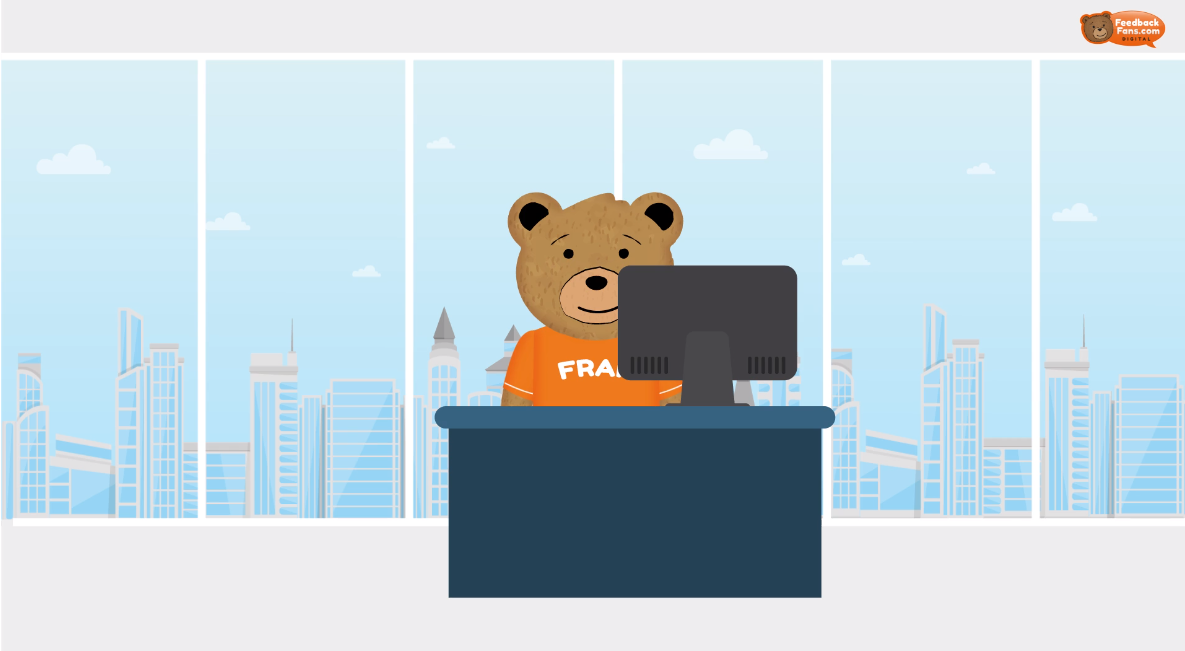Marketing isn’t about being everywhere; it’s about being in the right places. With endless channels to choose from, it’s easy to spread your resources thin. The secret is knowing which platforms resonate most with your audience and deliver the best ROI for your business. Whether it’s social media, email, SEO, or paid ads, we’ll help you find the perfect mix to amplify your message. Ready to connect with your customers on the platforms they love most? Let’s streamline your marketing efforts for maximum impact.
Boost Your Marketing Success

Selecting the right marketing channels is crucial to connecting with your target audience in a way that resonates. Choosing channels that align with your audience’s preferences and habits increases the likelihood of your campaigns hitting the mark. For instance, if you’re targeting young, tech-savvy consumers, platforms like Instagram and TikTok are likely to make a stronger impact than traditional print or radio ads. The right channels ensure your message gets seen by the people who matter most.
Optimize Time and Resources

Effective channel selection can be a major time-saver, allowing you to focus on the platforms that truly deliver results. By directing your efforts toward channels that work, you avoid wasting time and money on those that don’t. This optimization means you get the most value out of your marketing budget, allowing you to allocate resources where they’ll have the biggest impact on your business.
Build a Recognisable Brand

Choosing the right marketing channels is key to building brand awareness and strengthening your reputation. Consistent, targeted messaging across relevant channels helps establish your brand’s identity in the minds of your audience. When customers encounter your brand in the places they already trust, it builds recognition, credibility, and trust, setting the stage for long-term loyalty.
Drive Growth and Sales

The ultimate goal of marketing channel selection is to help you reach new customers and boost sales. By strategically choosing channels where your audience is most active, you increase the chances of capturing attention and converting interest into action. When your marketing is in the right places, it drives growth by bringing your products or services to the attention of potential customers who may not have discovered you otherwise.

F.A.Qs about Marketing Channel Mix
In this episode of Bear Business, Chris Barnard from FeedbackFans.com interviews Kim Rounsefell, the co-founder of My Digital CMO, a software platform designed to help small businesses and agencies develop and manage their marketing strategies.
Kim shares the inspiration behind the creation of My Digital CMO, which stemmed from her own struggles with marketing while running a small business in California. The conversation delves into the unique challenges the software aims to solve, such as integrating disparate marketing efforts into a cohesive strategy and providing tools for planning, execution, and evaluation.
Kim discusses how the platform was initially aimed at small businesses but unexpectedly gained traction with agencies, leading to the development of features tailored to their needs. The discussion also covers the importance of strategy in marketing, the evolving nature of the platform, and the role of customer feedback in shaping the product’s roadmap. The episode concludes with insights into the software’s pricing strategy, international expansion, and Kim’s favorite games to play in her downtime.
Bear Business is a content series aimed at business owners, leaders and entrepreneurs where we talk to a variety of subject matter experts about their products and services, the state of marketing and look at marketing technology solutions that are available to solve your everyday marketing problems.
We discuss a wide range of topics:
Introduction and Inspiration Behind My Digital CMO
Challenges in Marketing and Software Solutions
Evolution of My Digital CMO and Agency Adoption
Core Features and Functionality
Roadmap and Feature Development
Integrations and Future Plans
International Expansion and Marketing Strategy
Pricing Model and SaaS Strategy
Favourite Game: Galaxy Attack
#marketing #software #business #insights #strategy
Find Kim on Social Media
Linkedin: https://www.linkedin.com/in/kim-rounsefell-134b98266/
Website: https://mydigitalcmo.io/
Find Chris on Social Media
Linkedin – https://www.linkedin.com/in/cjbarnard/
TikTok – https://www.tiktok.com/@feedbackfans
YouTube – https://www.youtube.com/@getfeedbackfans
Chris Barnard from FeedbackFans.com welcomes Kev Wiles, a well-known independent SEO consultant as his guest on this episode of the Bear Business Podcast to discuss the state of SEO in 2024 and beyond.
Bear Business is a content series aimed at business owners, leaders and entrepreneurs where we talk to a variety of subject matter experts about their products and services, the state of marketing and look at marketing technology solutions that are available to solve your everyday marketing problems.
If you are a business owner, have an interest in marketing or in Search Engine Optimisation (SEO) in particular, you are going to find lots of helpful tips in this episode as we seek to give a verdict on the current state of SEO whilst talking about topics such as AI, the future of the industry and common mistakes you can avoid.
We discuss a wide range of topics:
Personal Branding in SEO
Importance of Personal Branding
SEO Industry Changes and Challenges
AI and SEO
Tips for Small and Medium Enterprises
Common SEO Mistakes
The Future of SEO
Final Thoughts and Personal Insights
Find Kev on Social Media
Linkedin: https://www.linkedin.com/in/kevinjwiles/
Twitter: https://twitter.com/kevwiles
Website: https://kevinwiles.co.uk/
Find Chris on Social Media
Linkedin – https://www.linkedin.com/in/cjbarnard/
TikTok – https://www.tiktok.com/@feedbackfans
YouTube – https://www.youtube.com/@getfeedbackfans
#marketing #seo #business #insights #sales #strategy
Articles
Competitive Benchmarking
Find out about our Competitive Benchmarking services
Roadmapping to Success
Find out about our Roadmapping to Success services



